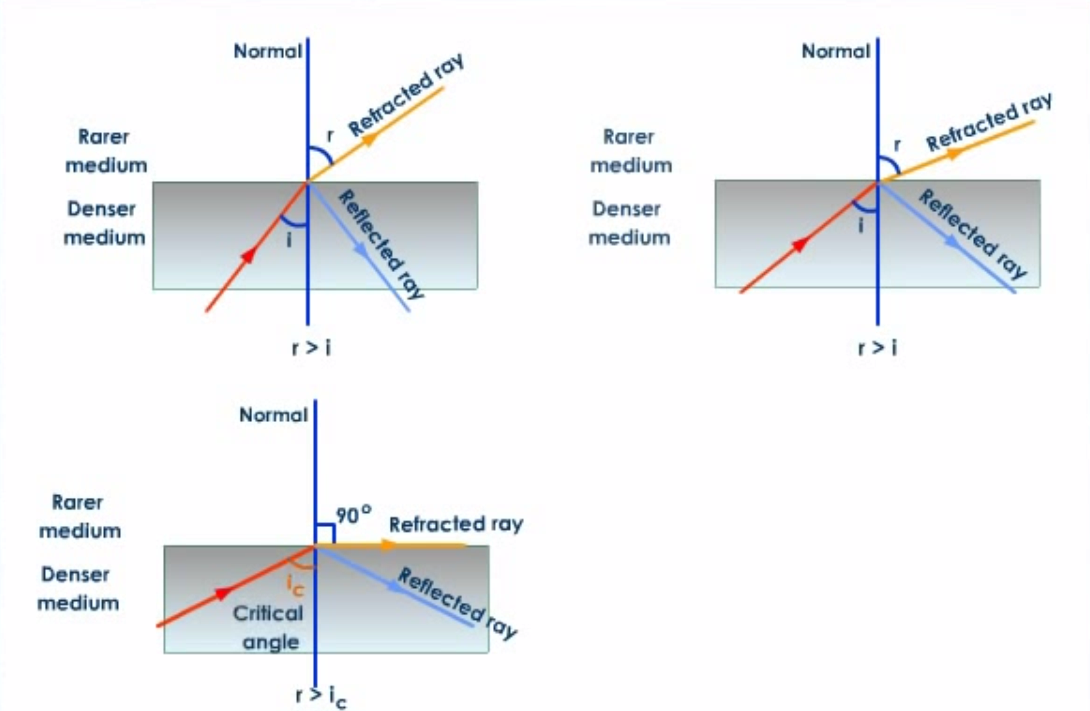
No images, graphics, software, scripts, or applets may be reproduced or used in any manner without permission from the copyright holders. Tchourioukanov, and The Florida State University.Īll Rights Reserved. You can find a fun activity using reflection of light at our Mirror, Mirror on the Wall activity site. Notice that the incident angle is always equal to the reflected angle.Ĭlick on the slider on the left to change the wavelength of the light. Wavelengths of colors are measured in nanometers, or billionths of a meter.Ĭlick on the slider on the right to change the angle of the incoming or incident light wave. Different colors have different size wavelengths. The distance between the top of one wave and the top of the next wave is called a wavelength. You can think of light as being a kind of wave, similar to the waves in the ocean. Below you can see waves of light reflecting off a mirror. Light reflects from a mirror at the same angle as it arrives. When you see the image of your face in a mirror, you are seeing the reflection of light from your face. When light strikes a mirror it bounces off. 16.23).Molecular Expressions: Science, Optics and You - Reflection of Light: Interactive Tutorial Q.17 (a) Find out the position of the image of an object situated at A in the plane mirror (Fig.Can he see himself in the mirror? Also can he see the image of objects situated at P, Q and R? Q.16 Boojho stands at A just on the side of a plane mirror as shown in Fig.Draw the reflected ray from the second mirror. A ray of light is incident on one at an angle of 30° as shown in Fig. Q.15 Two mirrors meet at right angles.Q.14 How many images of a candle will be formed if it is placed between two parallel plane mirrors separated by 40 cm?.Q.12 Explain how you can take care of your eyes.

Can you explain the basis of the teacher’s advise?

Q.3 Mention against each of the following whether regular or diffused reflection will take place when a beam of light strikes.Does diffused reflection mean the failure of the laws of reflection? Q.2 Differentiate between regular and diffused reflection.

Can you see objects in the room? Can you see objects out¬side the room ? NCERT solutions of related questions for Light


 0 kommentar(er)
0 kommentar(er)
